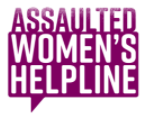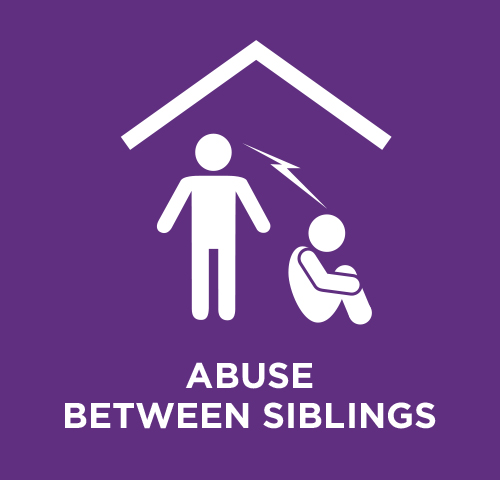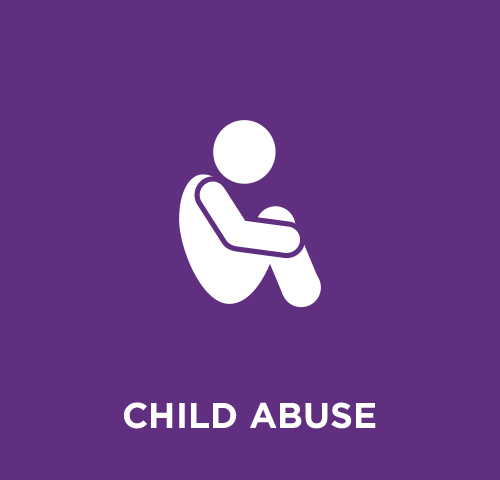Domestic abuse is a pattern of violent behaviours that aims to gain power and maintain control over an intimate partner. It can take many different forms, some less obvious than others, and can happen to anyone regardless of age, race, gender, sexual orientation, or religion.
On this page:
Forms of abuse
Physical: includes slapping, punching, kicking, choking, being injured with a weapon or object, confinement, etc.
Emotional: includes constant criticisms, name-calling, blaming and false accusations, putting the other person down, controlling a partner’s time and activities.
Psychological: includes constant harassment and threat of violence so that a partner is living in constant fear.
Sexual: includes being forced to do sexual acts without consent, harming a partner during sexual activity.
Economic: includes controlling all finances by taking a partner’s earnings, limiting their access to savings, controlling spending habits.
Technological: includes controlling and monitoring a partner’s activity online, such as who they’re following or what they’re posting, and who they’re talking to on the phone.
It is important to be able to identify situations that may put you at risk.
For example:
- Can you sometimes predict when they will hurt you? Does the abuse get worse at certain predictable times? Do they look a particular way or say specific things when discussing certain subjects?
- Is your partner depressed, anxious, or overwhelmed by life events or financial problems? Do they blame you? Are you dealing with any life event that is making you concerned for your safety?
- Do they tell you you’re worthless and stupid? What about their family and friends? Do they stop you from seeking help?
For a full checklist of risk factors, click here.
Once you’ve identified the risk factors in the relationship, it is important to create a safety plan and reach out for help. Although you can’t control your partner’s violence and abuse, you do have choices about how you respond and get to safety.
Some strategies to stay safer include:
- Tell someone you trust what is going on.
- Seek out services that respond to your specific needs.
- Encourage your partner to get help if they are willing.
- Clear your online activity.
- Create an emergency escape plan.
If someone you know is at risk of being harmed, you can help
Connect: Call one of the community resources to talk about your concerns and make a plan to support your friend.
Check-in: Make sure they know they are not alone. Be aware that the conversations could be monitored so be careful of what you share and ask.
Provide: If you can, offer tangible supports. For example, offer to drop off food or other essentials if they don’t have access.
Resources

Eagles Nest: HOPE Centre (Home of Practical Education) offers a variety of services and supports including counselling, coaching, support groups and educational classes to individuals and families seeking to achieve positive change in their lives with a focus on building self worth, cultivating healthy relationships and navigating through trauma or difficult circumstances.

ShelterSafe.ca is an online resource for women and their children seeking safety from violence and abuse. It allows women to quickly find and connect with the nearest shelter in a specific geographic area that can offer safety, hope, and support.

Support Services for Male Survivors of Sexual Abuse provides help for male survivors of sexual abuse, through individual and group counselling, peer support, telephone and online counselling, and referrals to other appropriate community support services to meet other long-term needs.
1-866-887-0015: 24 hour, multilingual, toll-free phone line for immediate crisis and referral services.

Talk 4 Healing is a culturally grounded, fully confidential helpline for Indigenous women available in 14 languages all across Ontario.

The Assaulted Women’s Helpline offers a 24-hour telephone and TTY crisis line to all woman who have experienced abuse. We provide counselling, emotional support, information and referrals. We recognize abuse as one example of women’s social, political and economic inequality in the world. The Helpline is dedicated to working towards equality for all women.
Back to Living with Abuse



